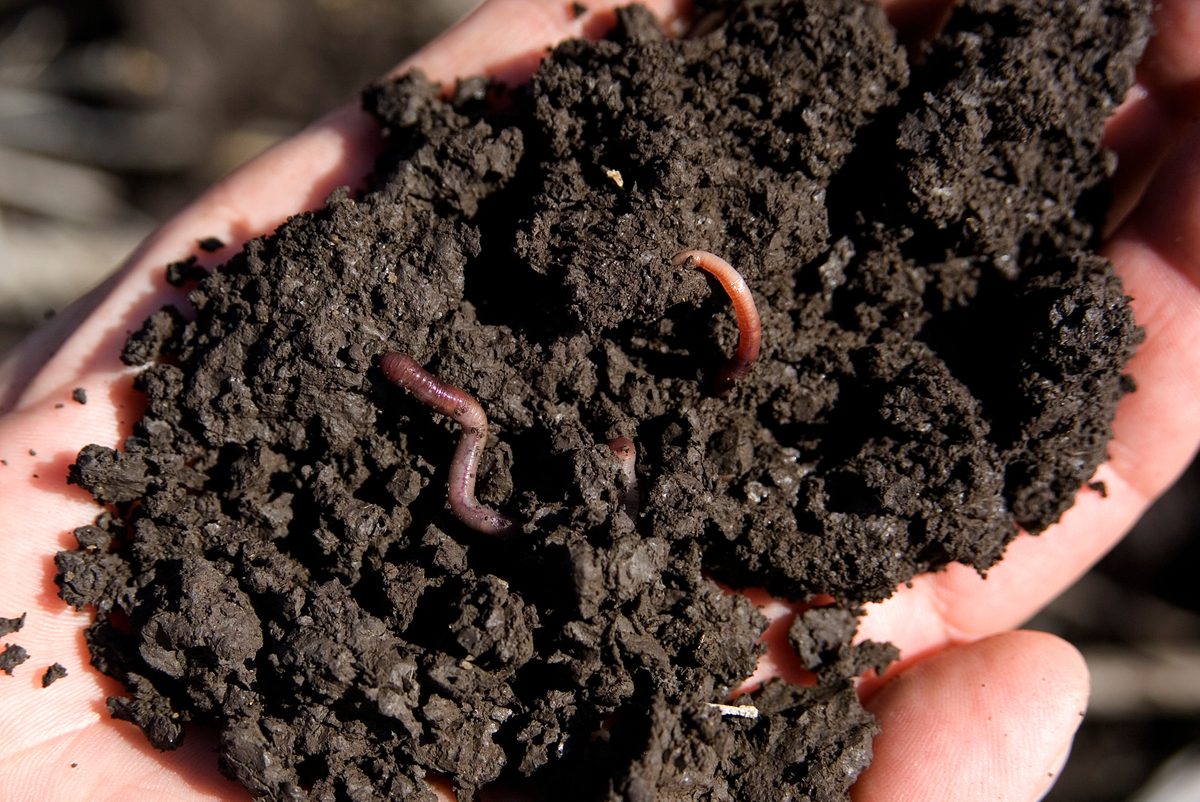Managing to enhance soil biology
Managing to enhance soil biology
Land managers have always aimed to support soil health. However, emerging knowledge of fundamental links between soil organisms and the plants they support is providing new insights and impetus to consider management that optimises soil biological health. Existing practices around careful use of fertilisers and pesticides, reducing compaction, stubble retention, and minimising soil disturbance are all still relevant. However, practices that increase plant diversity such as intercropping (the growing of two or more crops together) or mixed species cover cropping, particularly including legumes, highlight new approaches to promoting soil biological health.
Greater plant diversity will lead to increased diversity of root exudates and root-rhizosphere interactions which typically support greater biodiversity of soil organisms.
Future challenges
Evaluation and development of cover cropping and intercropping in southern Australia is limited to date, but there is increasing interest in their potential role in farming systems, with projects such as the Mixed Species Cover Crop Project and intercropping research in SA leading the way. More research is needed though to evaluate suitable (agronomically, economically and environmentally viable) cover cropping and intercropping options for SA farming systems as well as the study of soil biology in general.
Find out more:
- A health check for our agricultural soils
- Soil Quality Website
- Stirling G, Hayden H, Pattison T and Stirling M (2016). Soil health, soil biology, soilborne diseases and sustainable agriculture: a guide. CSIRO Publishing
- Mixed Cover Crops for Sustainable Farming Project website
- Spotlight on pulses - GRDC
- Noah Fierer, Stephen A. Wood, Clifton P. Bueno de Mesquita, ‘How microbes can and cannot be used to assess soil health’, Soil Biology and Biochemistry, Vol. 153, 2021, Soil Biology and Biochemistry, Vol. 153, 2021 (Full-text preprint is available here)



